Internet awareness
When we discuss the question of whether the Internet already has a consciousness or could ever achieve it, we need to understand the structure of the system. At the same time, we should note that the phenomenon of “awareness” is still under-researched. A few basic assumptions can be made about it. As a result, consciousness is not something esoteric, mystical, or outsourced, but always connected to matter. Such matter basically requires three components, which are: sensors, networks and computers. In addition, an environment is always required. Awareness without environment is also unthinkable. With these assumptions, one can create a somewhat larger concept of consciousness. This then includes:
- Reality niche
- Actuators and sensors
- Communication networks
- Datenprozessing
- Distinction of events (information)
- Awareness
- Self-confidence (self-induced event)
If these components are united in one system and work together, consciousness arises. How the consciousness in these individual components in humans, compared to IoT, occurs, the next points show.
Reality niche: It is not possible for people, whether their sensory systems and their brain power, to perceive the entire reality. This is always limited to a reality section. This is particularly evident in the electromagnetic radiation, from which we can only experience a very small part of the senses – the visible light. So we live in a vase. Everything that is inside can be recognized as reality. The rest does not exist. Only very few people are able to change the context as they please. Most of us change context only once a year, then when they go on vacation. In the digital domain, contextual extension is much easier. Here is a simple example: If you look at a movie, possibly in 3D, and can be completely dropped, you live for two and a half hours in a different context. In this way we could become multicontext-capable – superimpose the actual reality with augmented functions and arrive in a mixed reality. The environment is essential for the emergence of consciousness. For higher levels of consciousness, digitization could be the door opener.
Actuators / sensors: A system needs to connect to this reality in order to become conscious. In humans, these are the sensory systems (seeing, hearing, tasting, smelling, feeling). Moreover, in the meantime, humans have transformed, sensual experiences. There are sensory artifacts such as the Geiger counter for radioactivity. This transforms an extrasensory entity into a sensual “pips”. We must realize that the vast majority of reality is hidden because we have no corresponding sensors for it. Actors are not necessarily required for consciousness, but are responsible for shaping the reality and thus the expansion of consciousness. Now to the digital actuators and sensors that, when connected to a local intelligence, are commonly referred to as IoT. These would be, for example, temperature sensors that feed a cloud, presence detectors, dash buttons, and much more. What they all have in common is that they are electronic, digital and networked. Another common feature is the 3D limitation. All IoTs known today work in our space-time continuum and capture a section of the radiation continuum. Thus IoT’s are not an extension compared to the human sensory systems, but only a massive duplication, assuming that in the next few years billions of such devices come on the net. Yes – it can be assumed that as the number of sensors increases, so does the awareness. However, it is not clear whose consciousness. If it comes to an internet awareness, that would be an important prerequisite. For an additional extension, it will come through a transformed sensor, as described above.
Networks: The characteristic of IoT’s is their networking. The actual performance of devices in a realm niche (coffee machine in the household) arises only through networking, in which case is the greater part of the intelligence in the cloud. From a technical point of view, three types of networks are known or under development. These are Internet, IoT Network and Blockchain. In the human body, the communication system is repeatedly and extensively expanded. Once it is the electrochemical impulses that propagate via nerve tracts (the third) at the speed of light – but are sustainably slowed down by chemical couplings. The power of the sensors and the brain are created by massive parallel processing. In addition to neuronal communication, there is also purely chemical communication in the body via messenger substances that use the lymph nodes and blood vessels as a transport medium. The height of the consciousness level is determined by the degree of interconnectedness of the sensory systems, ie the IoTs. Very trivially speaking, IoTs would be the sensors of a thinking Internet.
Data processing: Until recently, there was a clear difference between the computer and the brain. The brain is actually not programmable, although lifelong learning is also a kind of programming. Computer programs were created by programmers once and then they worked exactly what they were designed for. In the meantime, with the advent of neural networks and deep learning, computers are also learning. As the development of artificial neural networks continues, KI is expected to converge with the human brain. If one summarizes all today existing servers and their networking together, that would have to correspond already to a brain achievement. If this assumption is true, one would have to attribute thinking to today’s Internet.
Information: Now the difference between data and information has to be clarified. Data itself is sound signals (not noise) that exist either in the network or in memory. If these are processed by a processor and then a change, it has become information. Information equals events that cause change. For different people it is not inevitable that one and the same data lead to information. When two people look at the stock market chart of a company (data), this can be one massive piece of information for one, the stock owner, while for the other, who is not interested in stocks, no information is created. Data and are therefore meaningless.
Event-differentiation: The essential feature of consciousness is that a recognizing system recognizes two events (information) as a difference, that is, can differentiate. This distinction may, but not necessarily, lead to actions. An example from human life: In the morning I learn from the weather report that it will rain today (event 1). While browsing the emails, I see an appointment at an outdoor construction site (Event 2). The cognitive system tells me: Take weatherproof clothing with you. That was a conscious or unconscious decision now. In any case, this is due to a consciousness. Similar processes already run in cloud-based systems today. If I’m interested in literature for sommeliers at the Amazon Bookstore (Event 1) and a hotel in Styria beech (Event 2), a digital brain could tell that I’m interested in wine and start an action. Many are surprised then that they get advertising from a wine merchant.
With appropriate abstraction, both systems, the neural and the digital, do the same – they can recognize events as different. The prerequisite for this is the widest possible interaction with reality. The more sensors and actuators a system has, the higher its level of consciousness can be. Cheapest IoT devices will flood the market and be accompanied by KI to lead to electronic awareness.

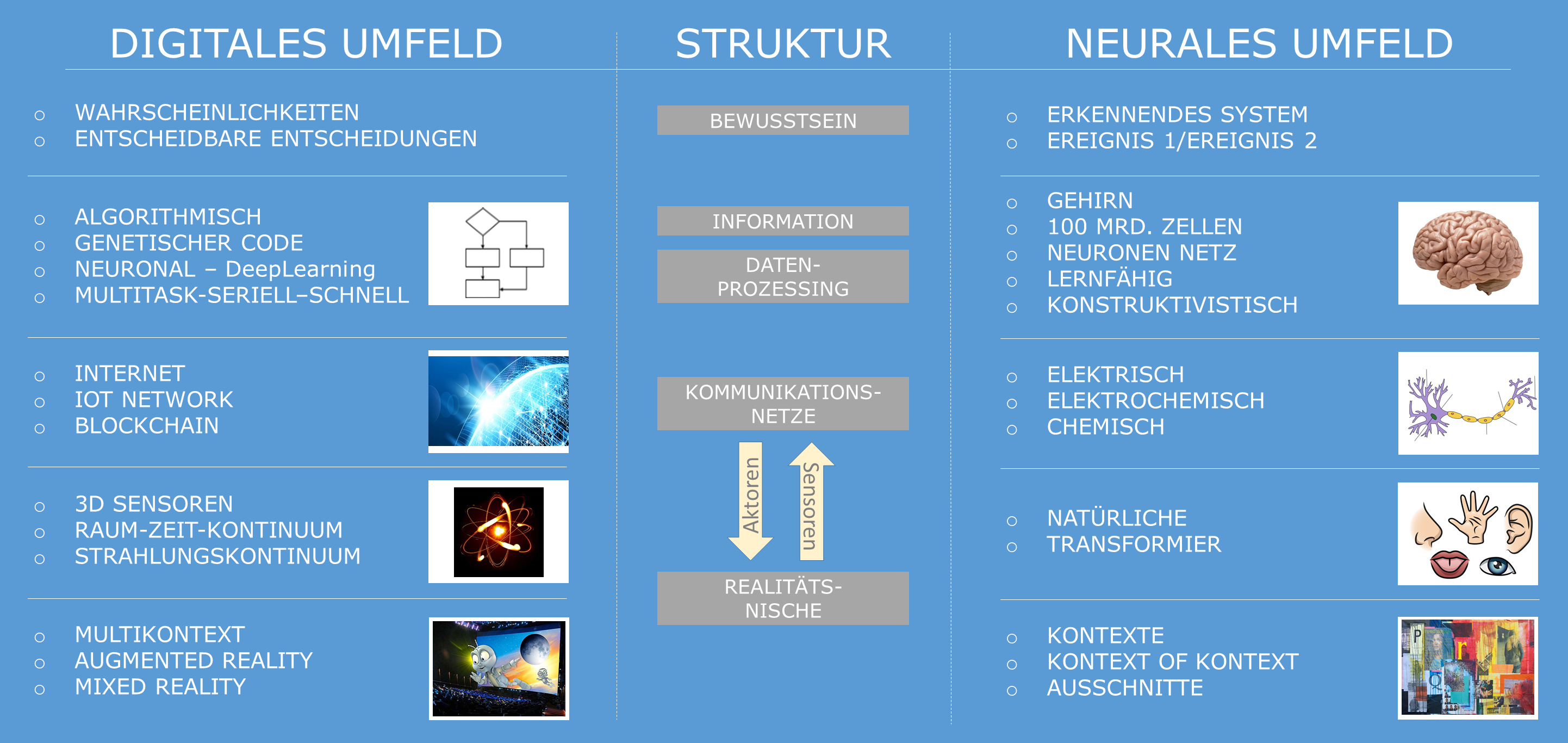
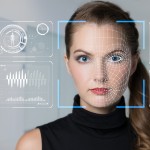
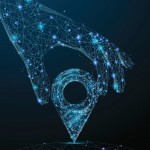
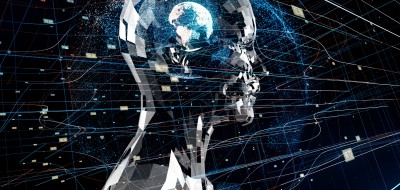
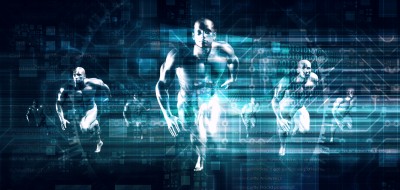

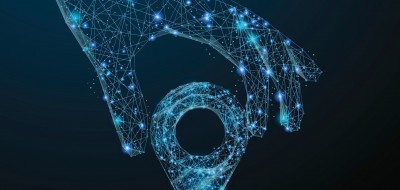
 Deutsch
Deutsch English
English